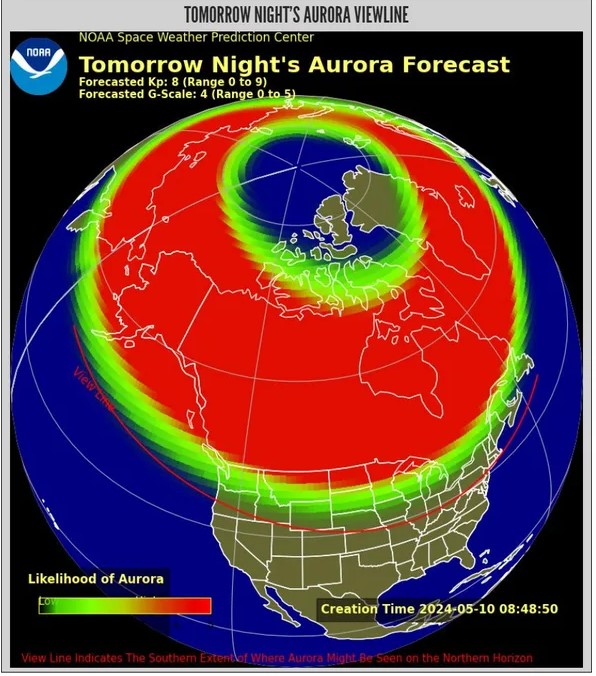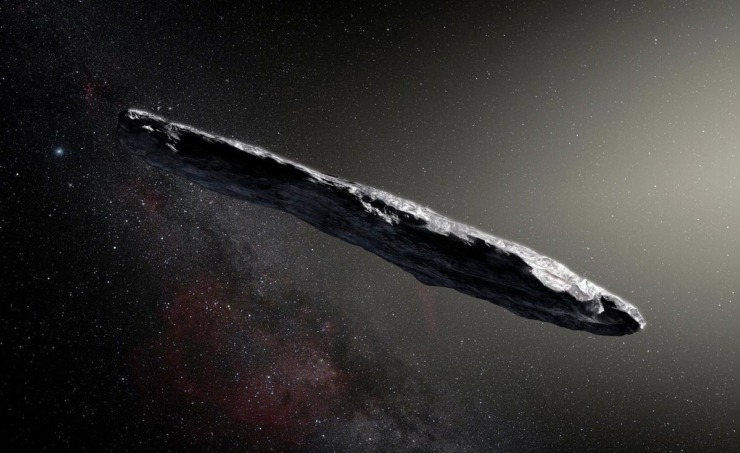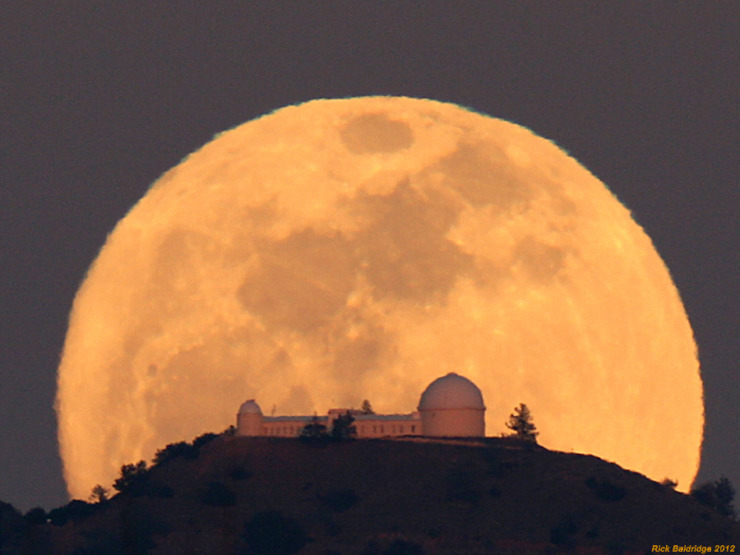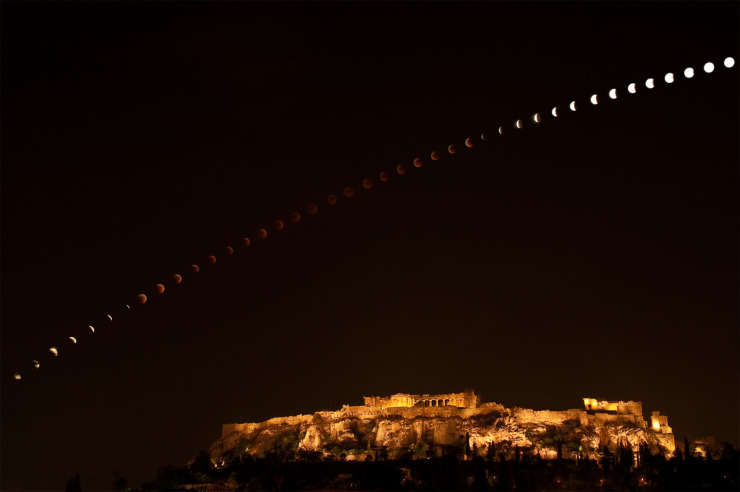Friday, May 10, there was a lot of discussion on the news, on social media, and on different web sites about storms on the Sun that are unleashing great outbursts of radiation and particles, some of them toward Earth. The fact that we are seeing such “space weather” now certainly makes sense, given that the Sun has an 11-year cycle of greater and lesser activity, with the current maximum of the cycle coming in 2024-2025. And during such “Solar Max” times, storms from the Sun can overwhelm the protective magnetic bottle surrounding the Earth, and allow the Sun’s high-energy, charged particles to penetrate much further into the Earth’s atmosphere.
Normally, the Earth’s magnetic field keeps the particles regularly arriving from the Sun from hitting molecules of air everywhere except the North and South Pole areas, where the magnetic field comes into our planet. But during a solar storm, the sheer number of particles can push their way further south from the North Pole and further north from the South Pole. Whenever the Sun’s charged particles hit the molecules of air, they cause them to glow. The combined glow of countless air molecules produces a faint but colorful curtain of light in the sky — a phenomenon knows as an aurora. (These are popularly called northern lights and southern lights, because they are normally confined to the most northern and most southern latitudes.)
The Sun is indeed experiencing a solar storm this week, with several bursts of energy and particles, that are arriving starting early Saturday morning and continuing for a while. So there will be more auroras visible and they may come further south in North America than usual. Because space weather is just as hard to predict exactly as Earth weather, no one knows until the bursts of particles arrive, just how strong they will be and just how far south they will penetrate. But there is a small possibility that the auroras may be excited as far as south as the middle latitudes of the U.S. But there is also a good chance that they will be confined to Canada and the northernmost states of the U.S.
Our illustration shows a map of North America with the best early prediction of the Space Weather Prediction Center of the National Oceanic and Atmospheric Administration for the weekend. The redder the color over a state or province, the more likely auroras will be visible. The greener the color, the less likely they will be visible. Doesn’t look that promising for California, but perhaps these predictions will change.
Still, I need to warn you about your expectations. Many of the excited news reports Friday that claimed auroras could be visible in the U.S. were accompanied by misleading images of what the Northern Lights look like in Alaska or northern Finland. That’s not fair. By the time the auroras come down to lower parts of the U.S., there will not be a dramatic, and easily visible, green curtain of light, waving in the air. Instead, the aurora that makes it so far south will just be a faint reddish glow in the northern part of the sky, visible ONLY in places where the night is really dark. So city dwellers probably shouldn’t get their hopes up.
But if you are camping, or out far away from human lights this weekend, by all means take a look. One possible trick that might help you: Smartphone cameras are sensitive to more colors of red than the human eye. So try to take a photo of the northern horizon of the dark night sky with your smartphone. The photo may show a reddish haze more easily than your eyes. (And, if you have relatives in Canada, or in states that border Canada, feel free to alert them to a higher chance of auroras this weekend.)
Whatever happens this time, the next year or so will be a good time for space weather fans. And we should note that if there is a superstorm on the Sun, this could be bad for satellites in orbit (whose delicate electronics may be disturbed) and even for the electrical power grid down on Earth. The strongest recorded solar storm happened in September 1859, when auroras were visible as far south as Hawaii. And the storm overwhelmed the world-wide web of 1859 — the telegraph system. Electric wires melted from too much charge, and no batteries were needed in telegraph offices for currents to start flowing. (This episode is called the Carrington Event, after the amateur astronomer who called attention to its connection with the Sun — look it up!) There were no satellites above the Earth or power grids on our planet’s surface in 1859. Today, the National Academy of Sciences estimated, a storm as great as the 1859 one could cause more than a billion dollars of damage to our technology.
Just what you needed in this nervous year of wars and elections — another natural danger to worry about. But such superstorms are VERY rare. So, for now, enjoy photos and videos of any auroras from the much smaller storm we are currently having, even if they don’t came as far south as your city.




